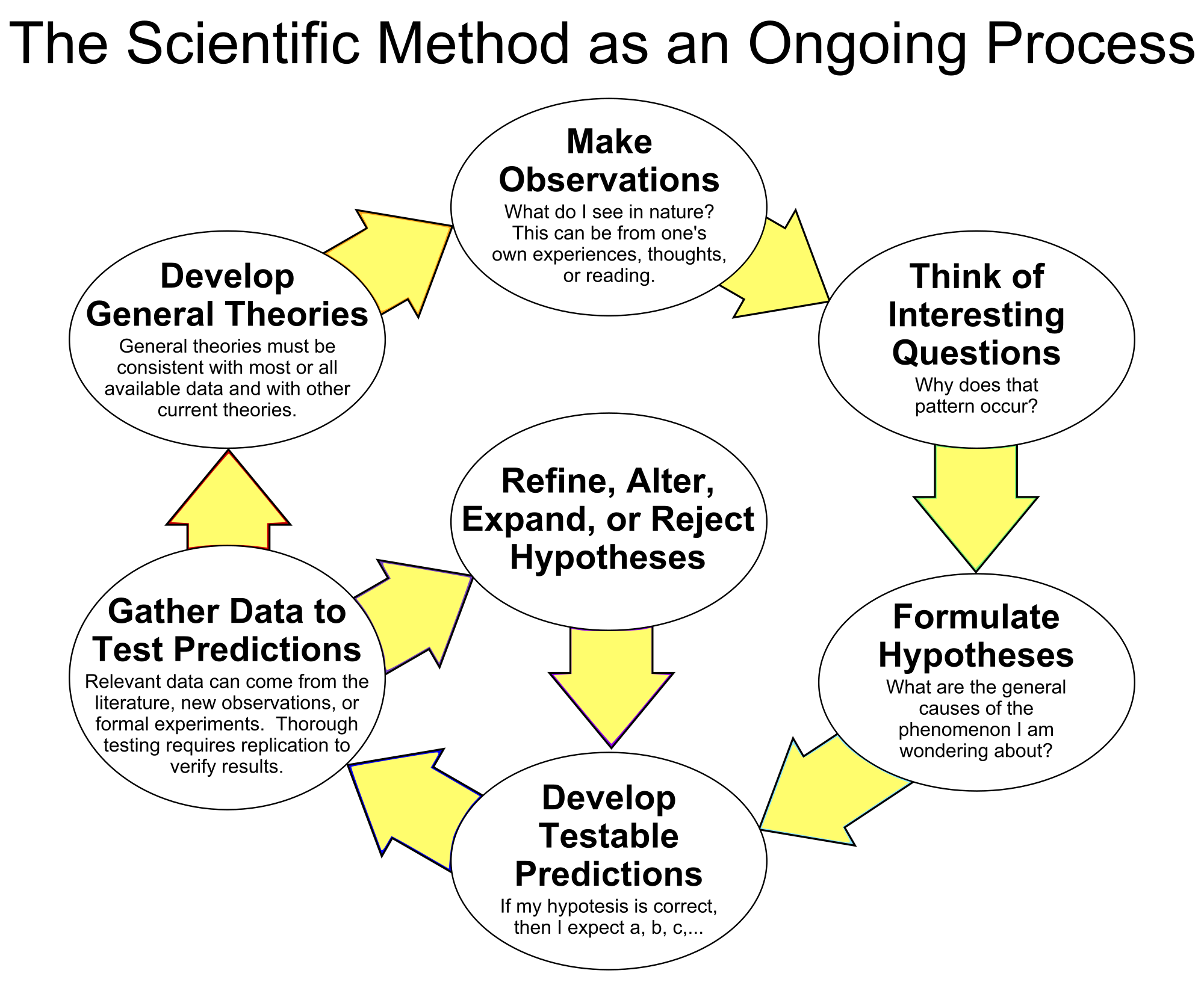Every year on April 22 we honor Earth Day around the world. The day is celebrated by nearly 200 countries to honor and promote environmental preservation. Today I would like to tell you about gasoline, and how to breathe cleaner air and spend less money! But first, some history on why I chose today to lecture you on clean air.
 In 1969 a massive oil spill in Santa Barbara devastated the
coast. This was amidst a time of war protests and increasing concern with
pollution and public health. A senator from Wisconsin named Gaylord Nelson had
the idea to use this politically charged time to create a national day to teach
about the environment through the media. He and his chosen bipartisan staff
chose the date April 22 to be Earth Day, which fell between Spring Break and
Finals.
In 1969 a massive oil spill in Santa Barbara devastated the
coast. This was amidst a time of war protests and increasing concern with
pollution and public health. A senator from Wisconsin named Gaylord Nelson had
the idea to use this politically charged time to create a national day to teach
about the environment through the media. He and his chosen bipartisan staff
chose the date April 22 to be Earth Day, which fell between Spring Break and
Finals.
Ultimately, public support for Earth Day led to the creation
of the Environmental Protection Agency (EPA), raised support for the Clean Air
Act, the Endangered Species Act, and the Water Quality Improvement Act. In
honor of Earth Day, I encourage you to take one easy step any car-driver can do
to improve air quality and save money – stop buying premium gasoline!
What is an Octane Rating? And why are they lower in Colorado?
 Have you ever wondered what the difference between
regular, premium, and super fuel is? What do the numbers on the pumps mean? 87,
92, 94? Nearly every car manufactured today is made to run on “regular” grade
fuel – usually 87 octane (or 85 if you live at a high altitude like Colorado). The numbers associated with fuel grade signify
the “octane rating” of the fuel.
Have you ever wondered what the difference between
regular, premium, and super fuel is? What do the numbers on the pumps mean? 87,
92, 94? Nearly every car manufactured today is made to run on “regular” grade
fuel – usually 87 octane (or 85 if you live at a high altitude like Colorado). The numbers associated with fuel grade signify
the “octane rating” of the fuel.
Octanes are a family of molecules made up of hydrogen and
carbon atoms that are typically used in gasoline fuels. There are many forms of
octants (isomers), but they are all volatile and very flammable, which is why
they make a good form of fuel.
An octane rating or octane number measures how much
compression the fuel can handle before it ignites (for you thermo nerds out
there- it is related to activation energies and the Otto-cycle). In cars, if
the fuel ignites too early, it will cause the engine to knock because the pistons
are not operating in the correct order. So, the higher the octane rating, the
better it is able to resist premature ignition and knocking. At higher
altitudes, like in Colorado, because there is less oxygen the fuel is less
likely to ignite prematurely, which is why they sell lower octane rated
gasoline there (regular is 85).
When is the last time you heard someone’s engine knocking?
I’m not sure I have ever heard it in person, only seen it in old TV shows and
movies that took place over 30 years ago. This is because typical cars today
are designed to run on gasoline with an octane rating of about 80. If you drive a luxury or sports car that requires higher compression- like cars
with turbo power – you might need a higher-octane fuel.
As engines get older, sometimes deposits are left in the
combustion chamber so higher octane is needed, but typically only an increase
in two to four points. Modern cars have computer-controlled engines to adjust
for such elements to keep your car running knock-free.
Yay technology!
Why do so many people use premium gasoline?
40% of the fuel sold
in the U.S. is rated higher than 87, even though over 90% of cars on the road
don’t need it. Before cars were made to withstand lower grade fuel and engines
were controlled by computers, this was much more important. Now, buying premium
fuel when your car doesn’t require it is nothing more than “throwing money
away” in the words
of David Cole, former chairman of the Center for Automotive Research.
Oil companies have made more expensive fuel desirable using marketing
strategies. For example, just the way they are named tempts people into
buying higher octane fuel. Who wants to buy regular when you could have
“premium” or “super.” Typically regular gasoline is labeled with dull colors
while the more expensive grades are labeled with bright, contrasting colors.
Some gas stations even get consumers to buy more expensive
gasoline on accident, by placing the premium grades to the left of the regular
grade, like the pump pictured here. Because we read from left to right, many
people naturally assume that the lowest grade will be on the left, which is
where their hand goes first.
If you aren’t sure what type of gasoline you should be
buying, please read this informational
website from the Federal Trade Commission for consumers.
Using higher-octane fuel does not give cars better gas
mileage. In other words the same amount of energy is released no matter how
high the octane rating is for gasoline. The only way to get more power out of
your car is to change the compression ratio, which is the reason sports cars
require premium fuel. If you want more power, you need a different car, not a
different fuel.
But high Octane can’t hurt, right?
Wrong. Unfortunately, there is one HUGE environmental
consequence to producing and using premium fuels that is seldom talked about.
Producing high-octane fuel uses more energy during the refining process. In
1990, Energy Secretary James Watkins even proposed
that the U.S. stop selling high-octane fuels to save 80,000 barrels of crude
oil a day during the invasion of Kuwait.
Not only does producing high-octane fuel waste extra energy,
when it is burned it releases extra toxins into the air. When cars were first
made, lead was added to gasoline to increase octane and prevent knocking. Lead
was banned from gasoline in the Clean Air Act (thanks Earth Day!) after it was
found to cause neurological disorders and other respiratory problems. In the
1970s it was phased out and oil and gas companies needed to come up with a new
way to increase octane.
 Crude petroleum contains aromatic compounds benzene,
toluene, ethylbenzene, and xylene, referred to as BTEX compounds. BTEX
compounds are known carcinogens and are very toxic when inhaled- they wouldn’t
let us go near them in any of our chemical engineering lab classes because of
this. Oil companies found that by increasing the levels of BTEX compounds in
gasoline, octane rating was also increased. So in the 1970s instead of using lead in
gasoline, it was replaced with BTEX.
Crude petroleum contains aromatic compounds benzene,
toluene, ethylbenzene, and xylene, referred to as BTEX compounds. BTEX
compounds are known carcinogens and are very toxic when inhaled- they wouldn’t
let us go near them in any of our chemical engineering lab classes because of
this. Oil companies found that by increasing the levels of BTEX compounds in
gasoline, octane rating was also increased. So in the 1970s instead of using lead in
gasoline, it was replaced with BTEX.
In the 1980s, when all gasoline contained much higher levels
of BTEX compounds, the EPA found that that benzene concentrations in the air
were at an all time high, 14 times higher than before it was added to gasoline.
Other options that oil companies could have used instead of BTEX to increase
octane were ethanol and ethers produced from wood and corn. But because those
are not produced within the refinery, profit was higher using the dirtier and
more toxic BTEX compounds.
In other words, by using a higher-octane fuel that you do
not need, BTEX compounds are being released into the air that we all breathe
every day, causing smog, and releasing compounds been shown to increase asthma,
allergies, and even lung cancer.
So, on this Earth Day I am challenging you all to start
paying attention more to the gasoline you are putting into your car. NEVER use
high-grade fuel unless your car really needs it. And even better yet, consider
biking, walking, or taking public transportation! Or if you really need a super
awesome fast car, get one of those awesome new electric Teslas,
and take me for a ride in it!
 |
| And read this informative and hilarious comic by The Oatmeal about his first Tesla. |
Like my Facebook page and Follow me on Twitter to stay up to date on blog posts and other science findings!

















